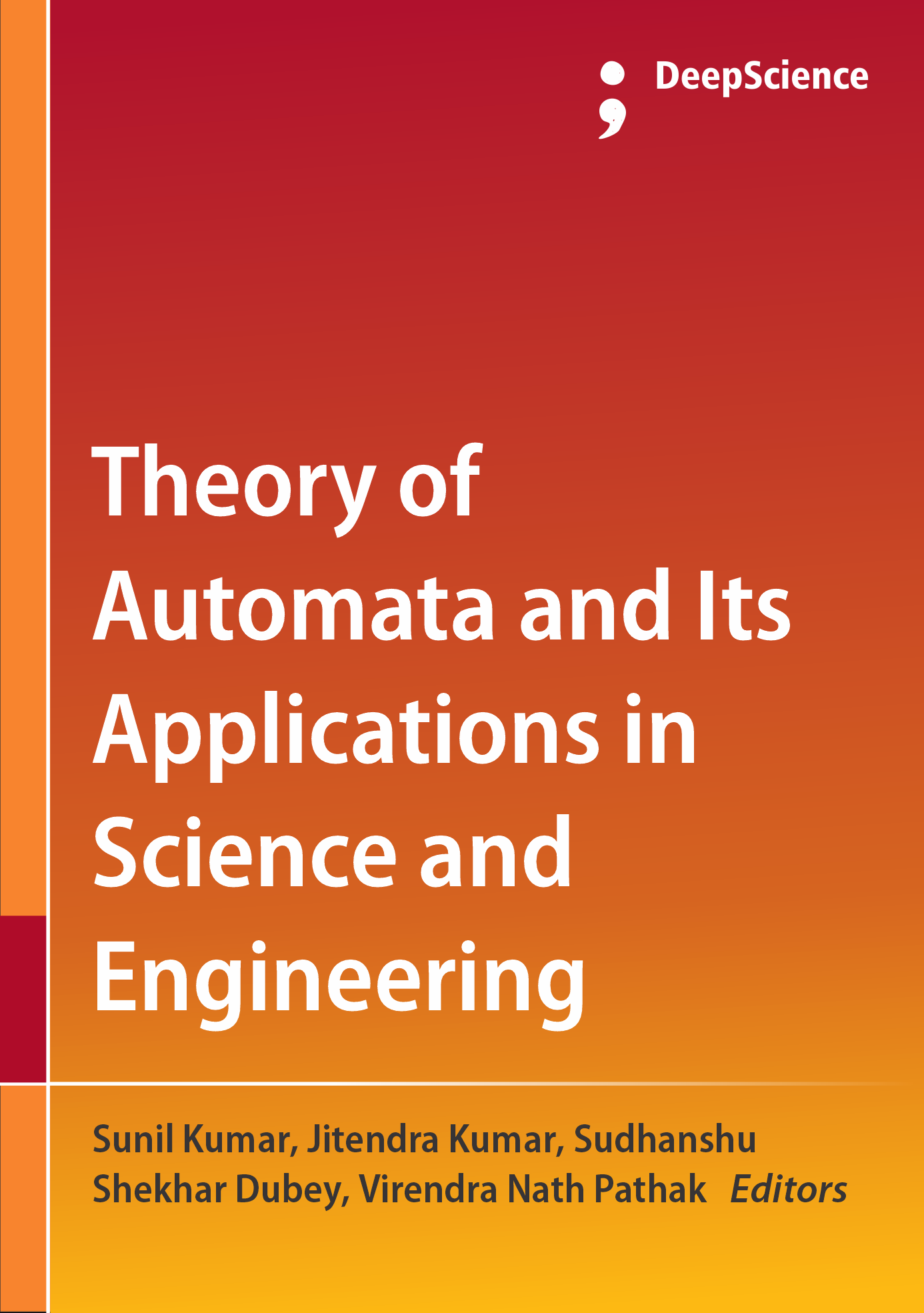Investigating the computational Power of Pushdown Automata (PDA) and their relation to Context-Free Grammars (CFG)
Synopsis
The computational capacity of Pushdown Automata (PDA) and their connection to Context-Free Grammars (CFG)[8] are examined in this term paper. By adding a stack, PDAs expand the capabilities of finite automata and make it possible to recognize context-free languages (CFLs), which are less powerful than Turing machines but more complex than regular languages. The structure of CFLs can then be formally described by Context-Free Grammars. This paper investigates the equivalence between PDAs and CFGs, showing that a PDA can recognize any context-free language and a CFG can generate any language that a PDA accepts. Constructions that transform PDAs into CFGs and vice versa are used to investigate the relationship between these two models. Furthermore, the real-world uses of PDAs and CFGs in domains like compiler design, programming languages, and natural language processing are discussed. This exploration highlights the fundamental role of PDAs and CFGs in understanding language recognition and their significance in computational theory
Keywords: PDA, CFG, Context free languages.














